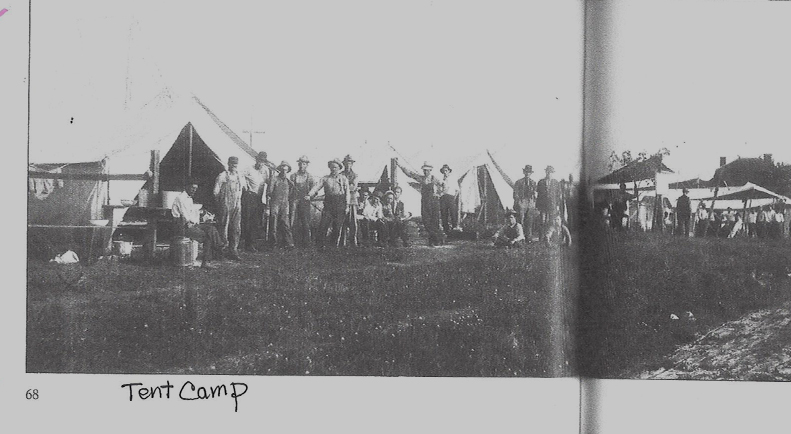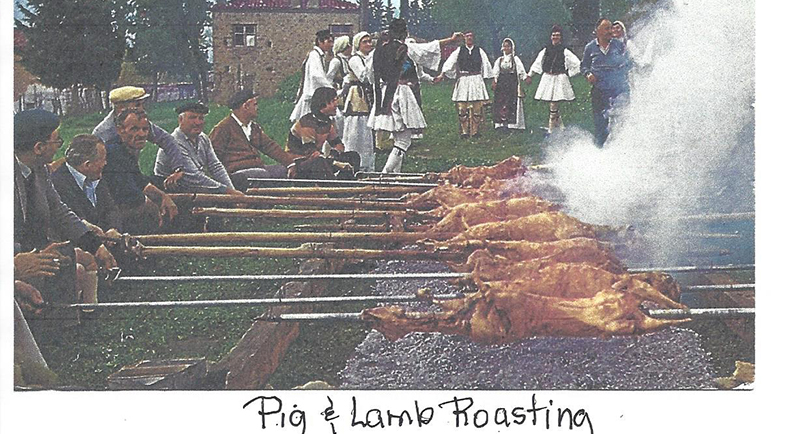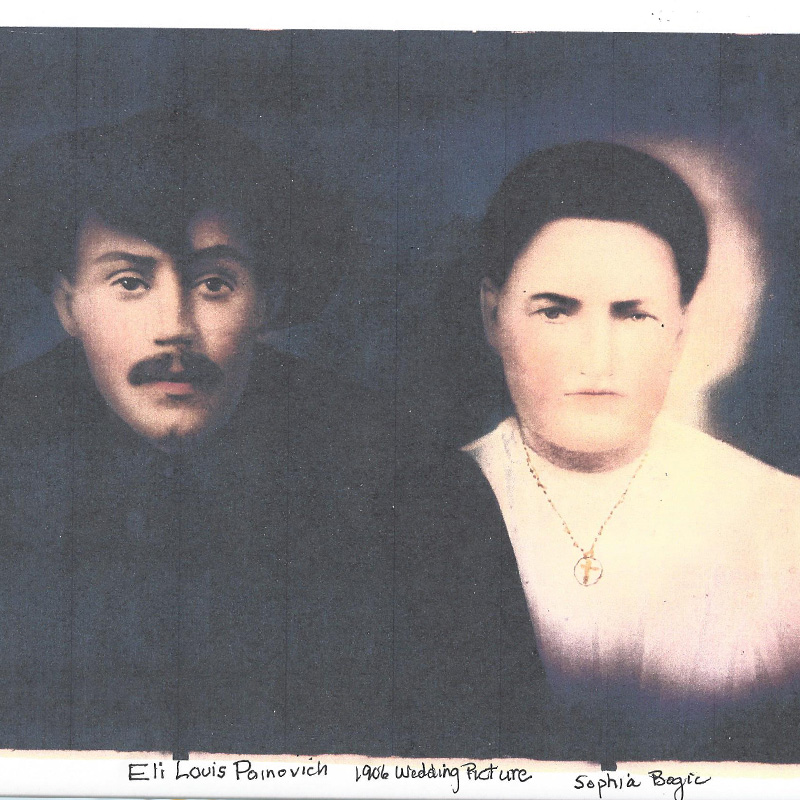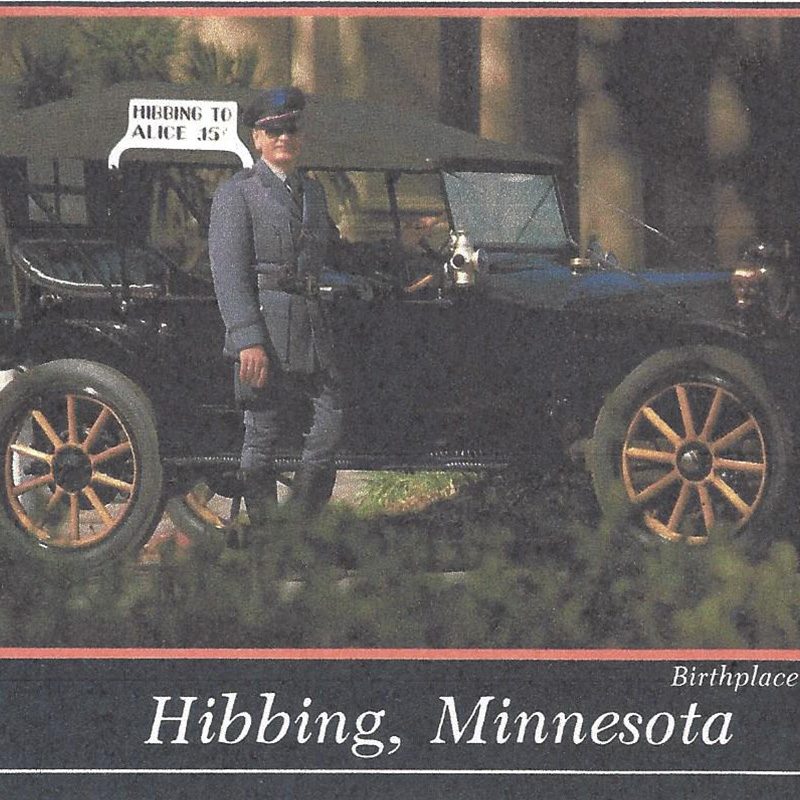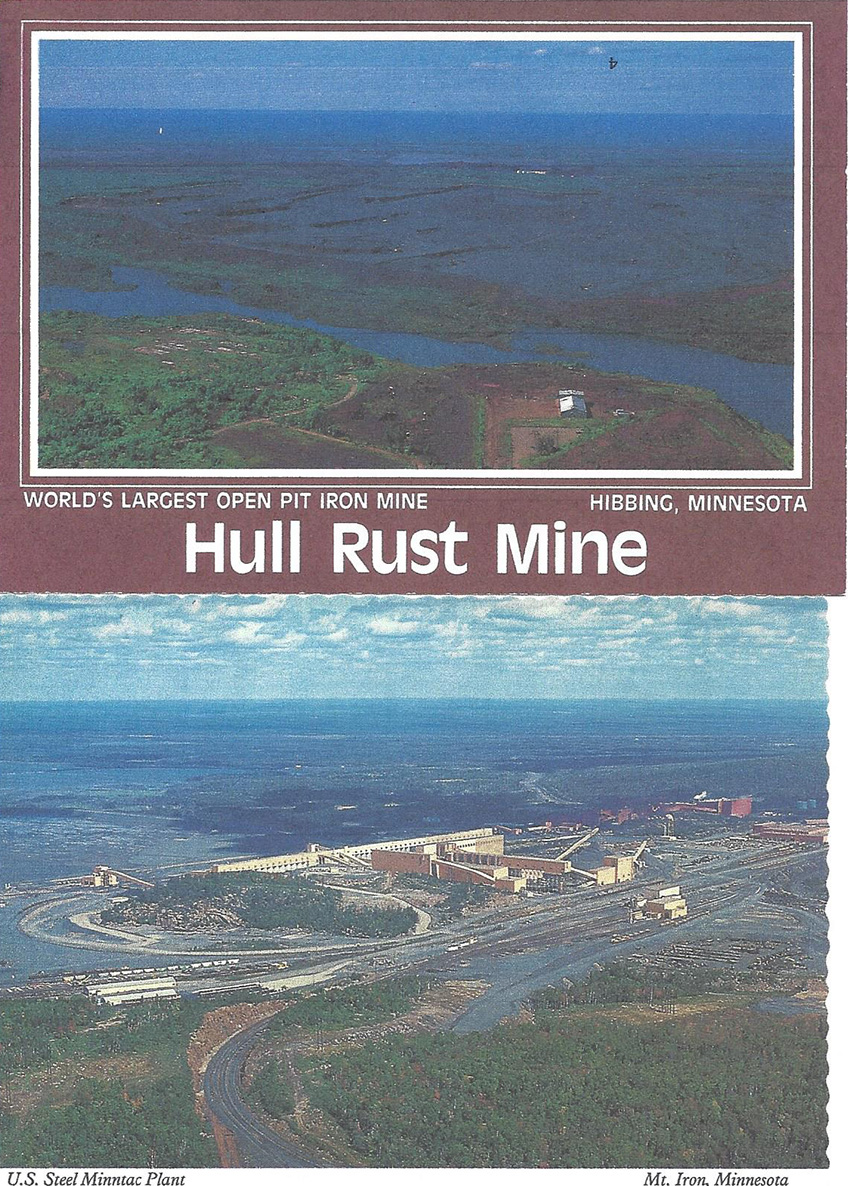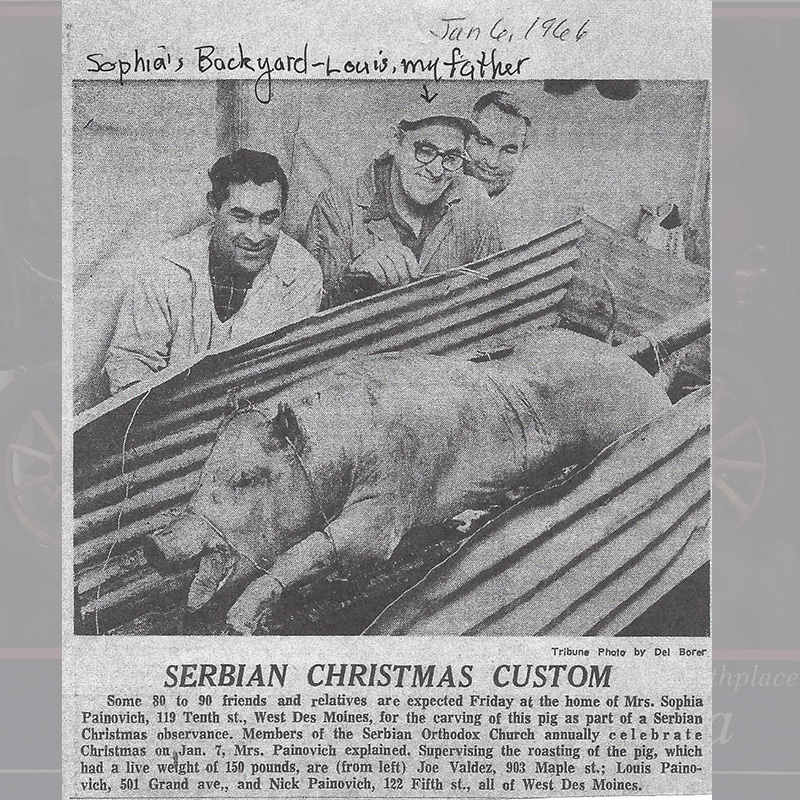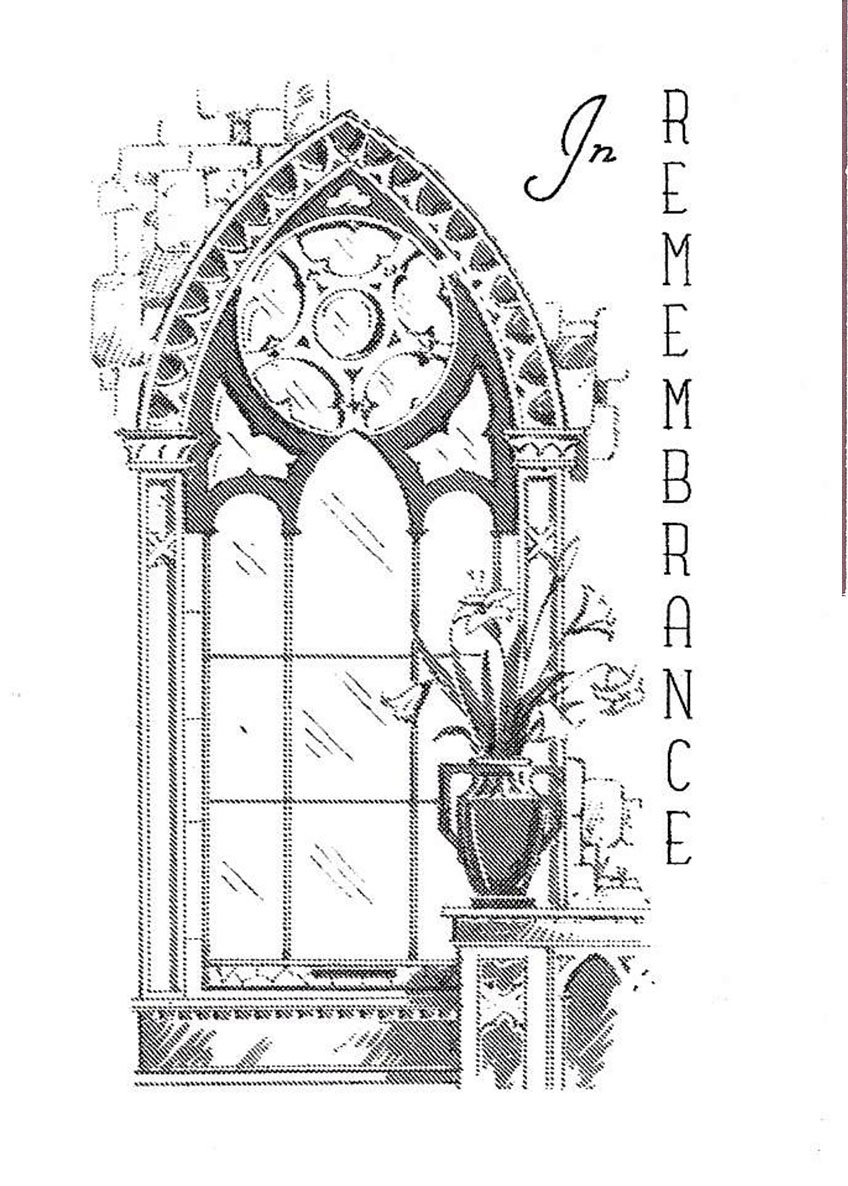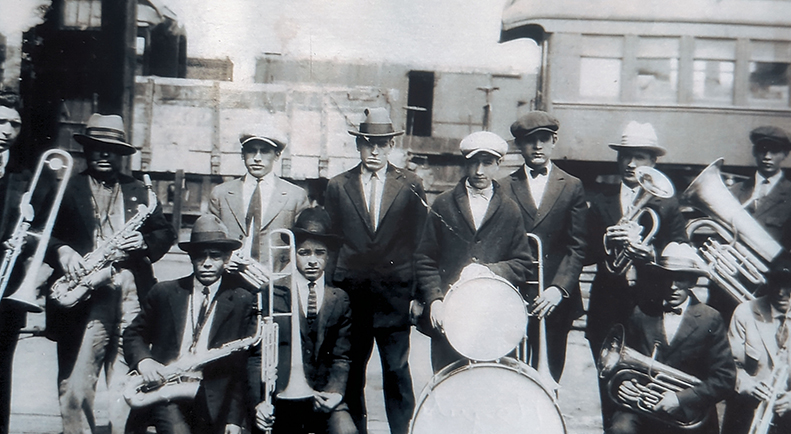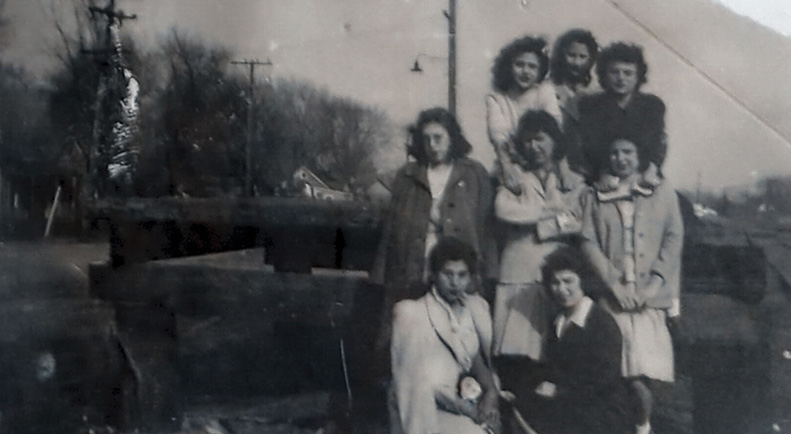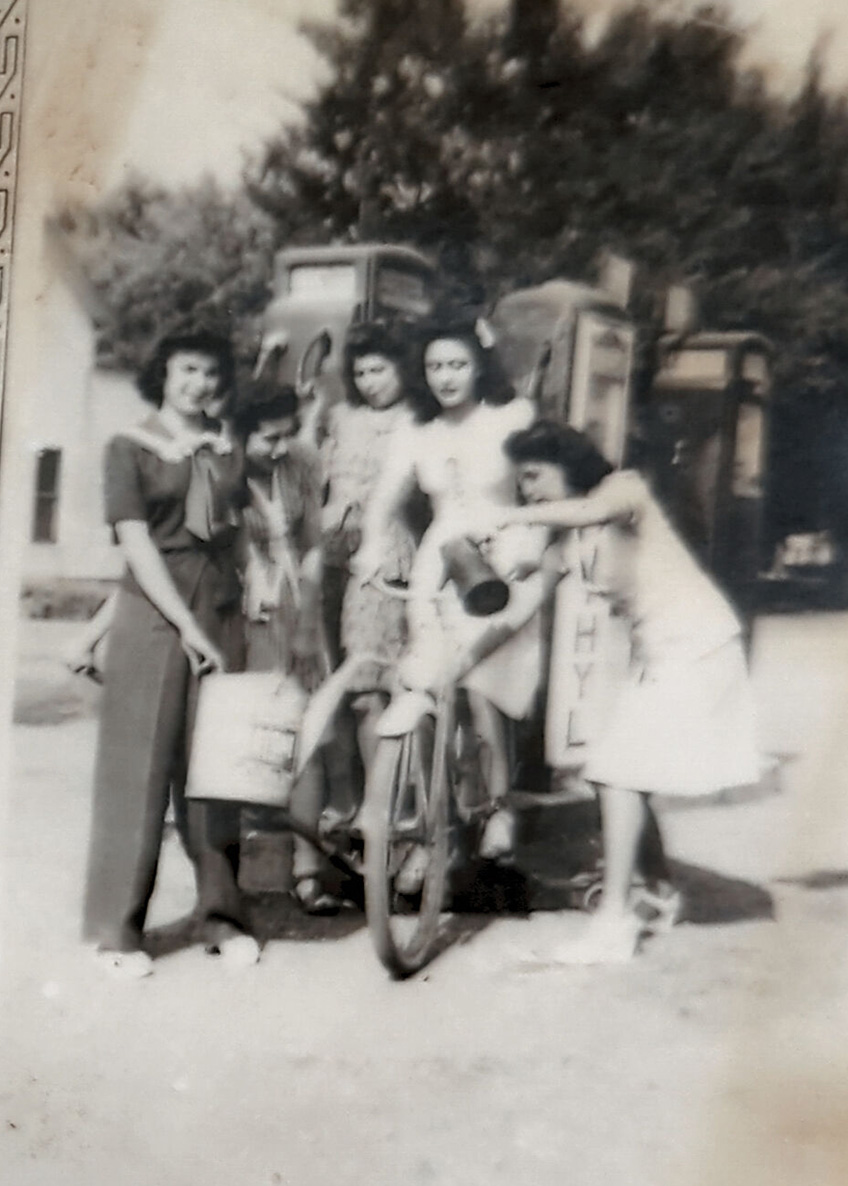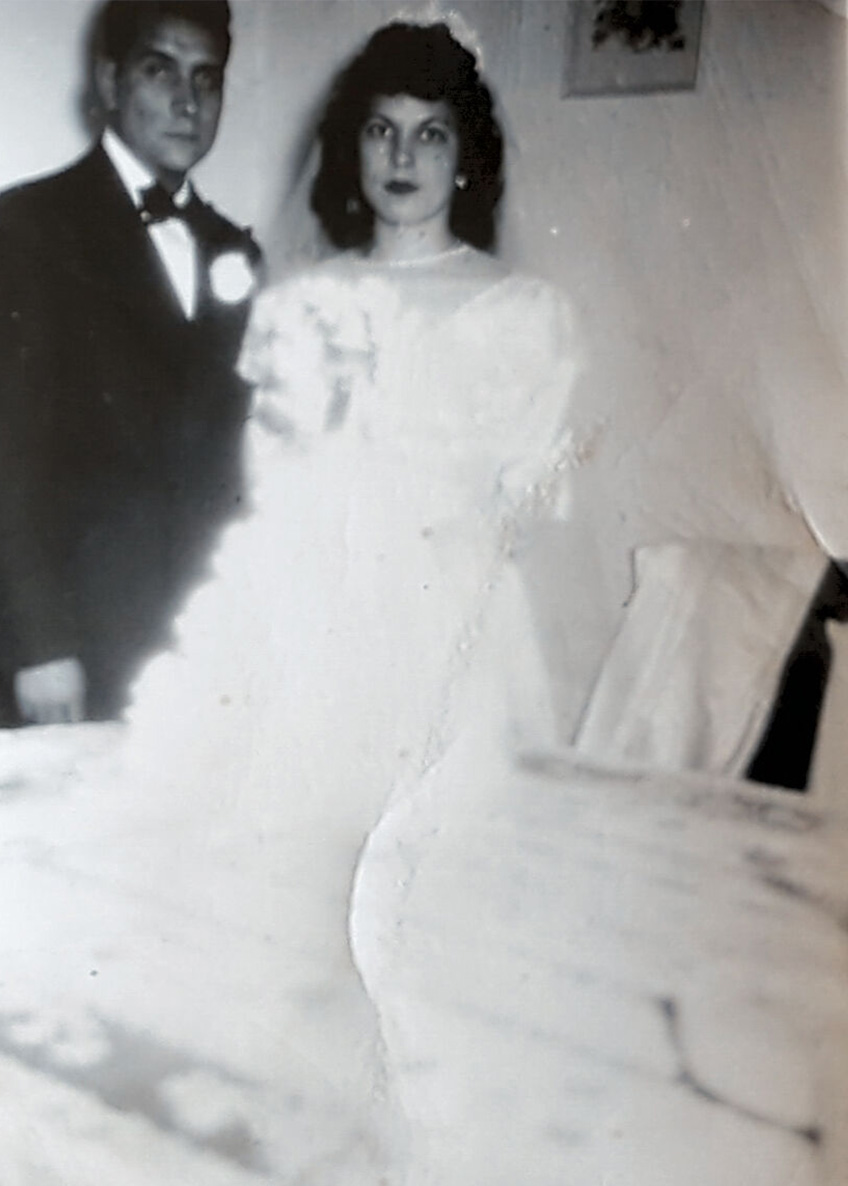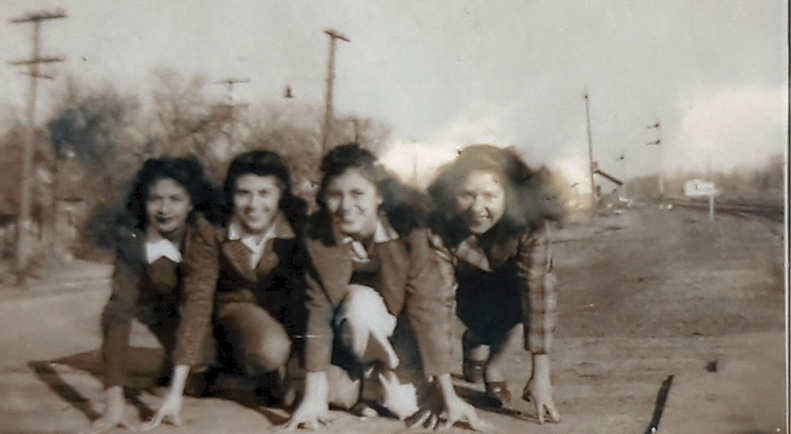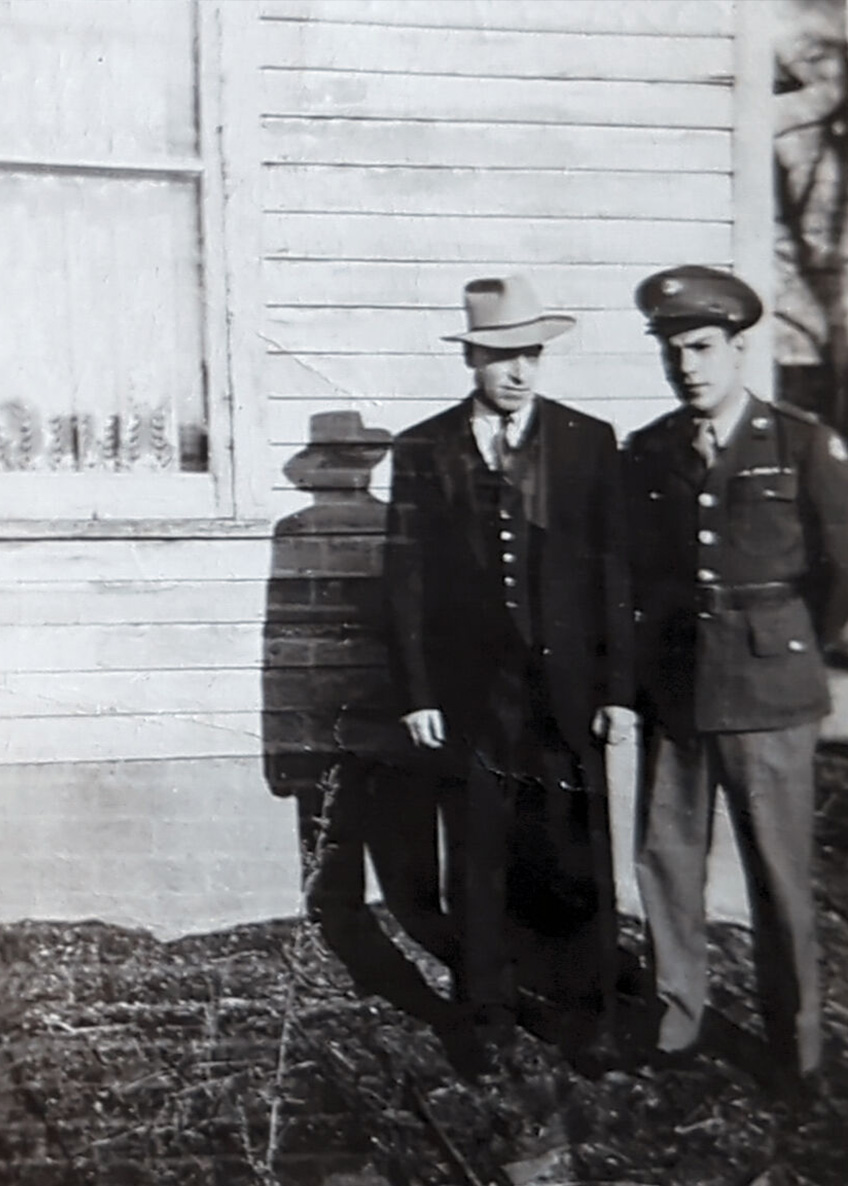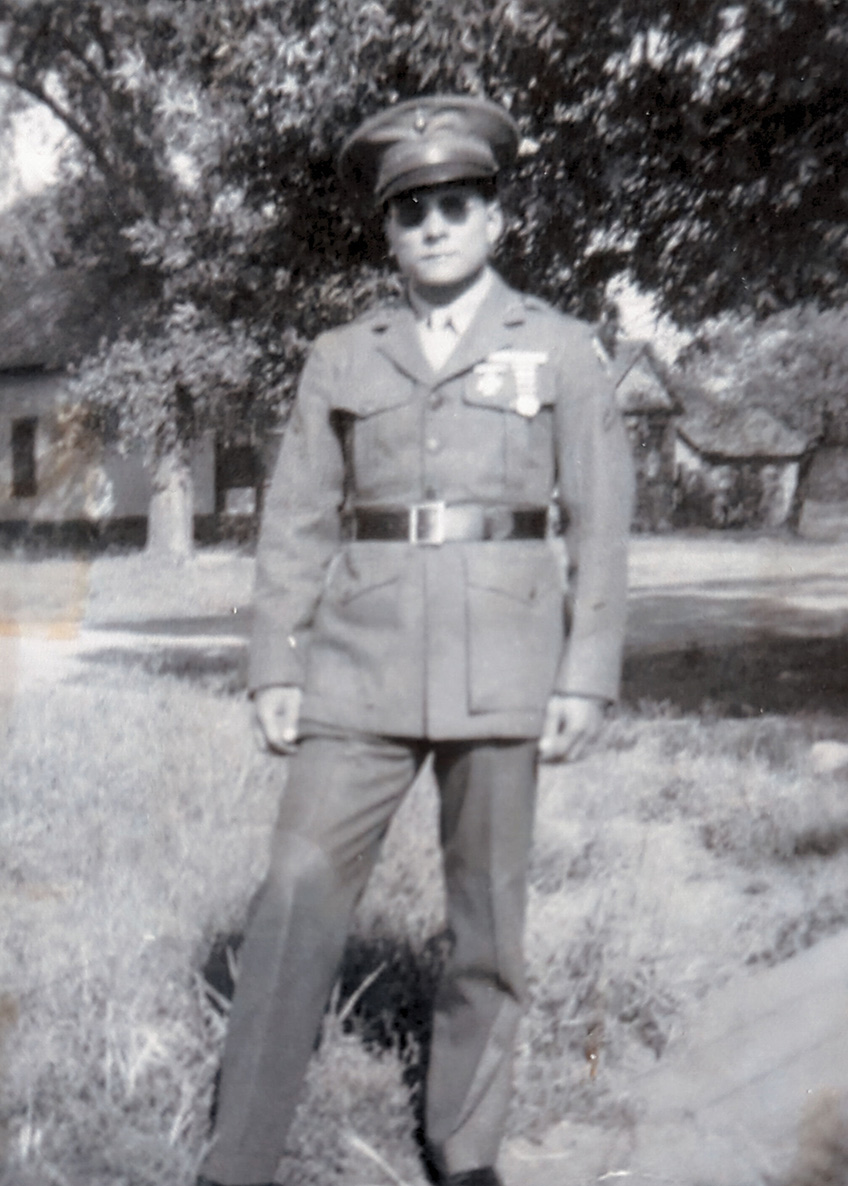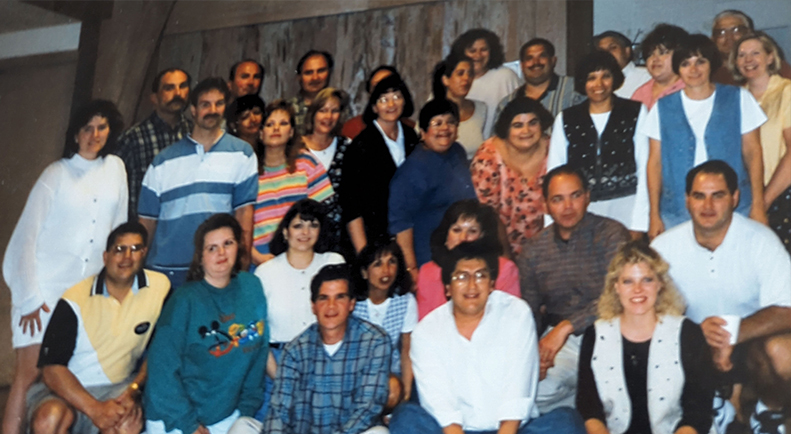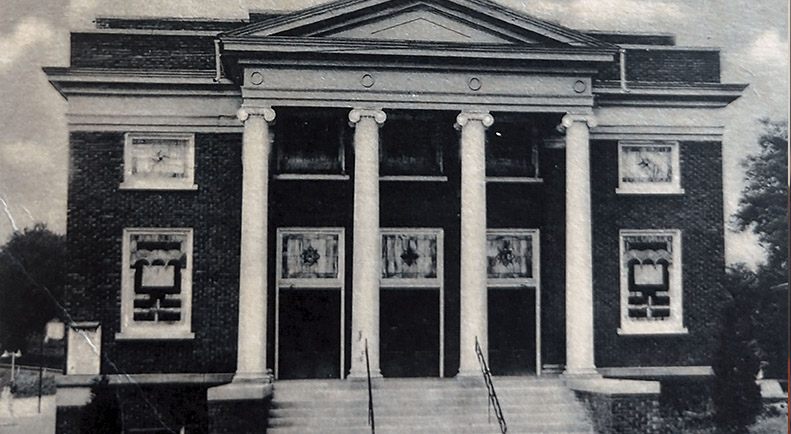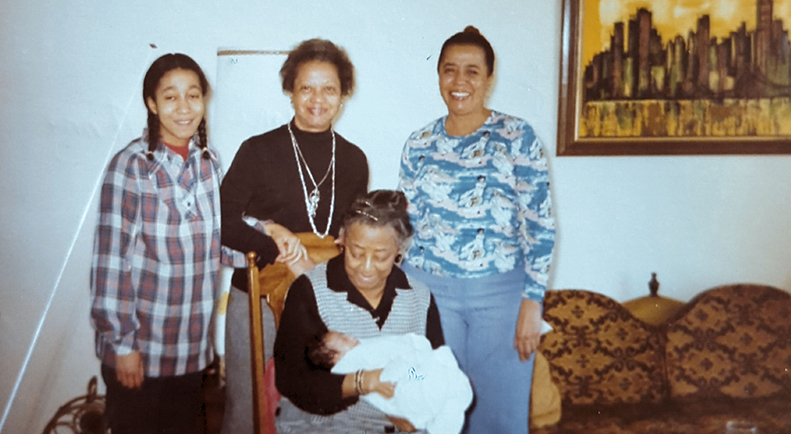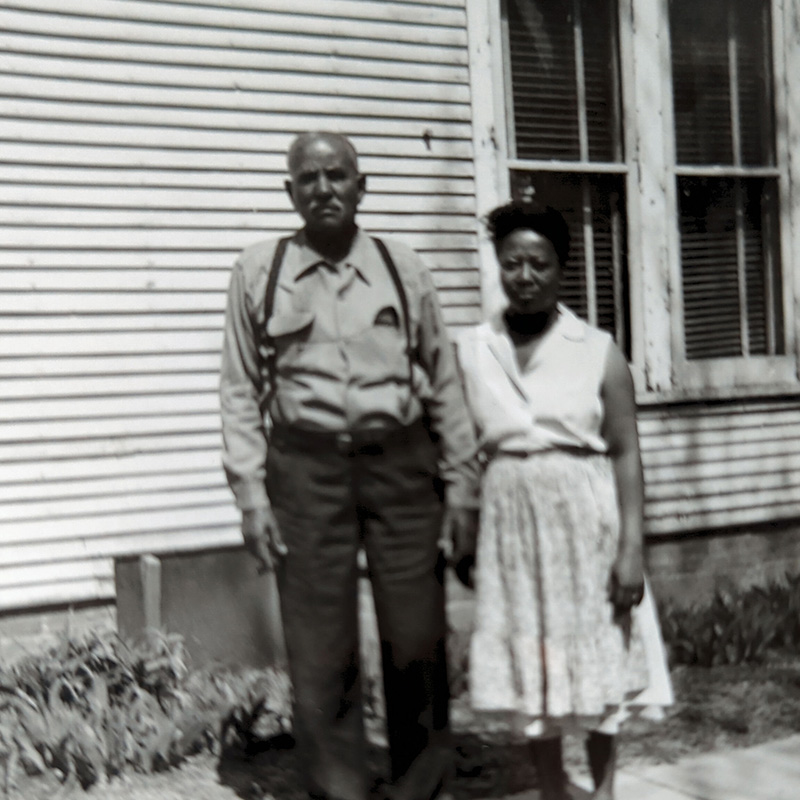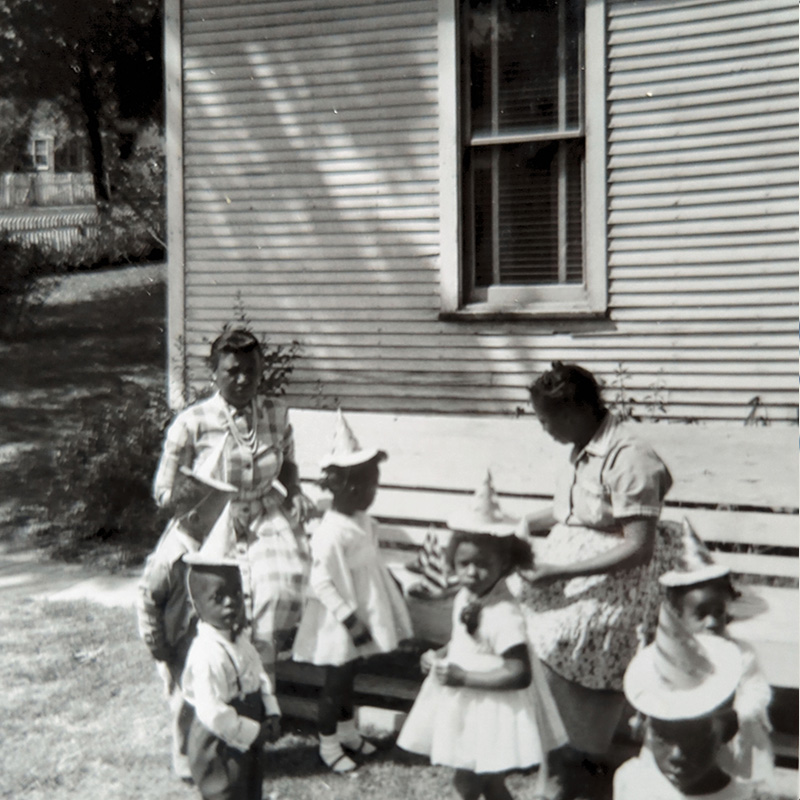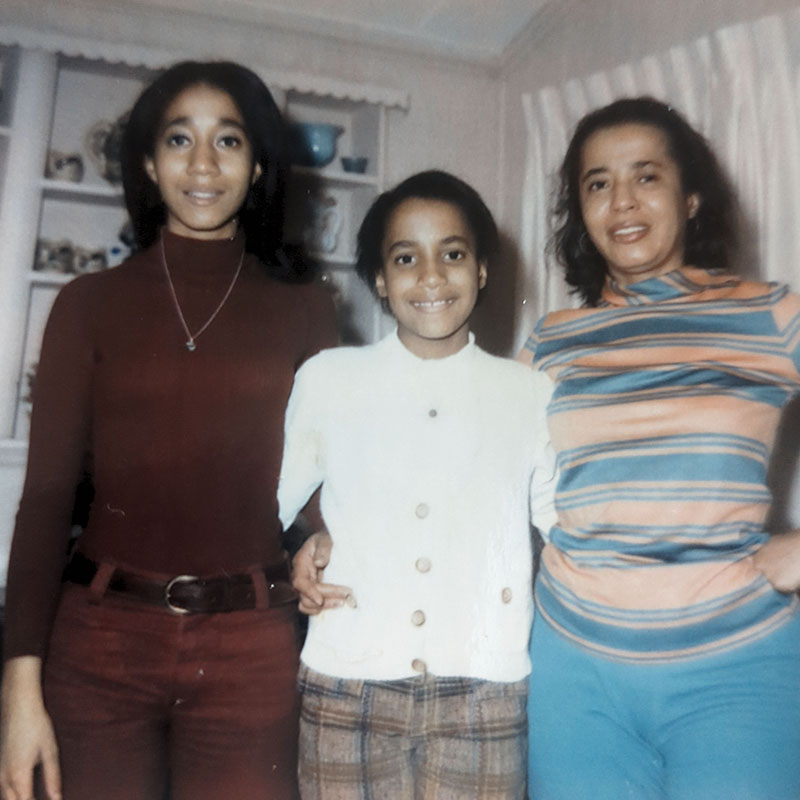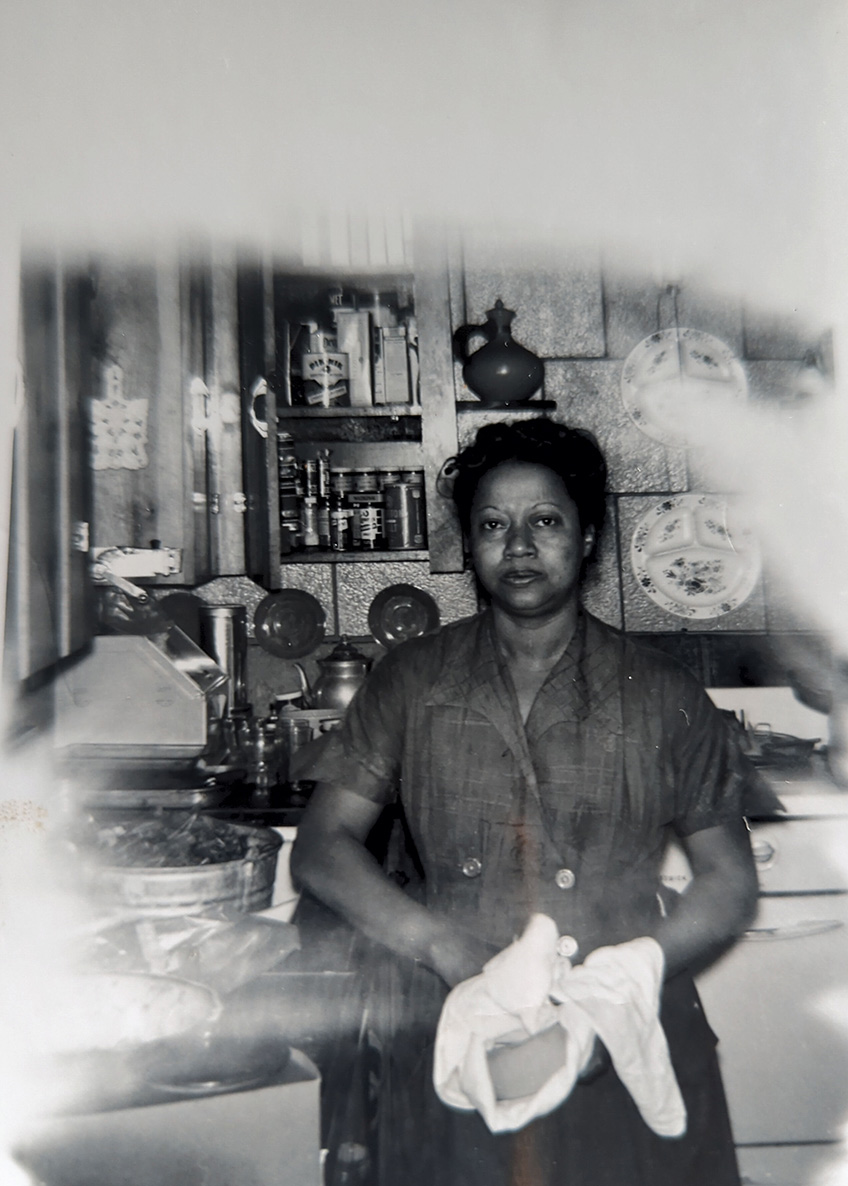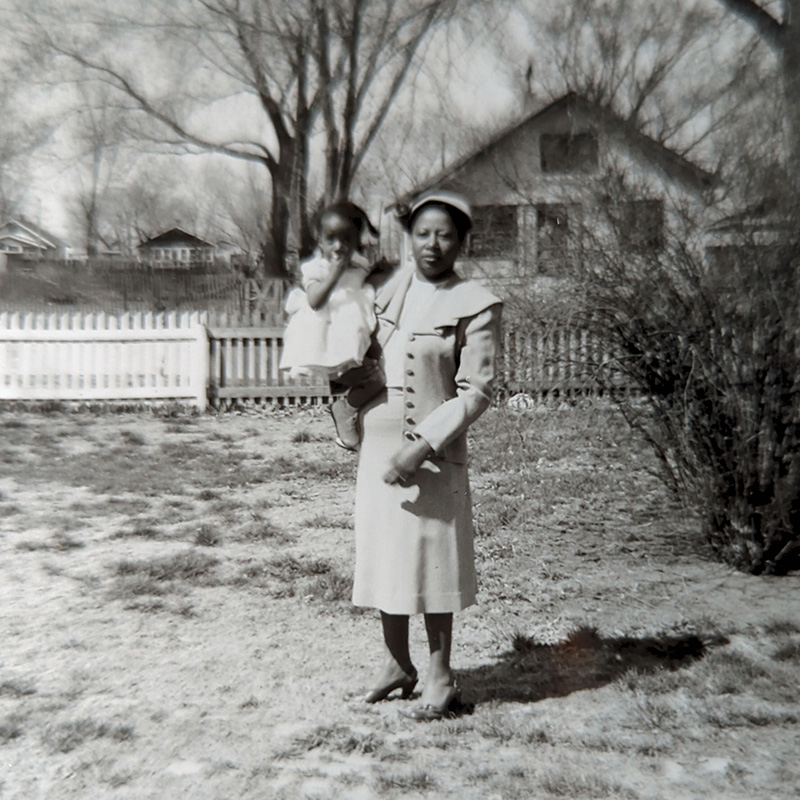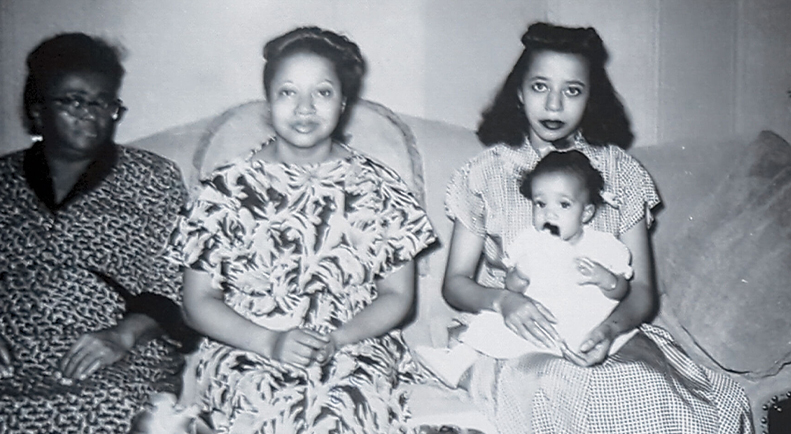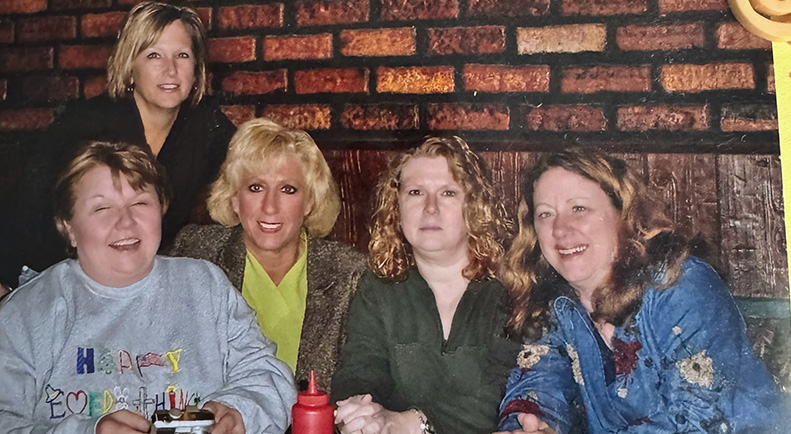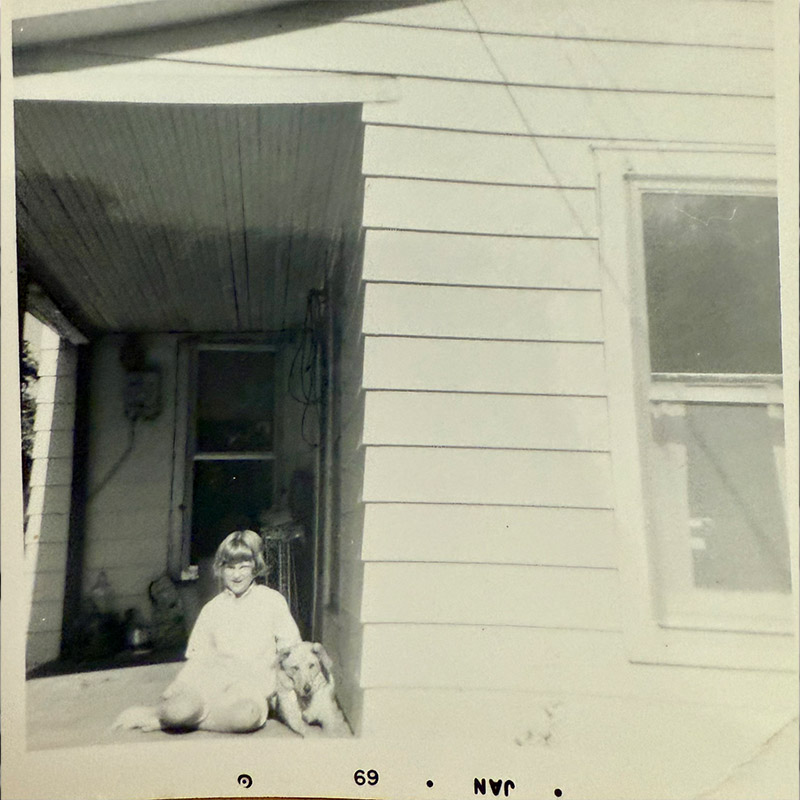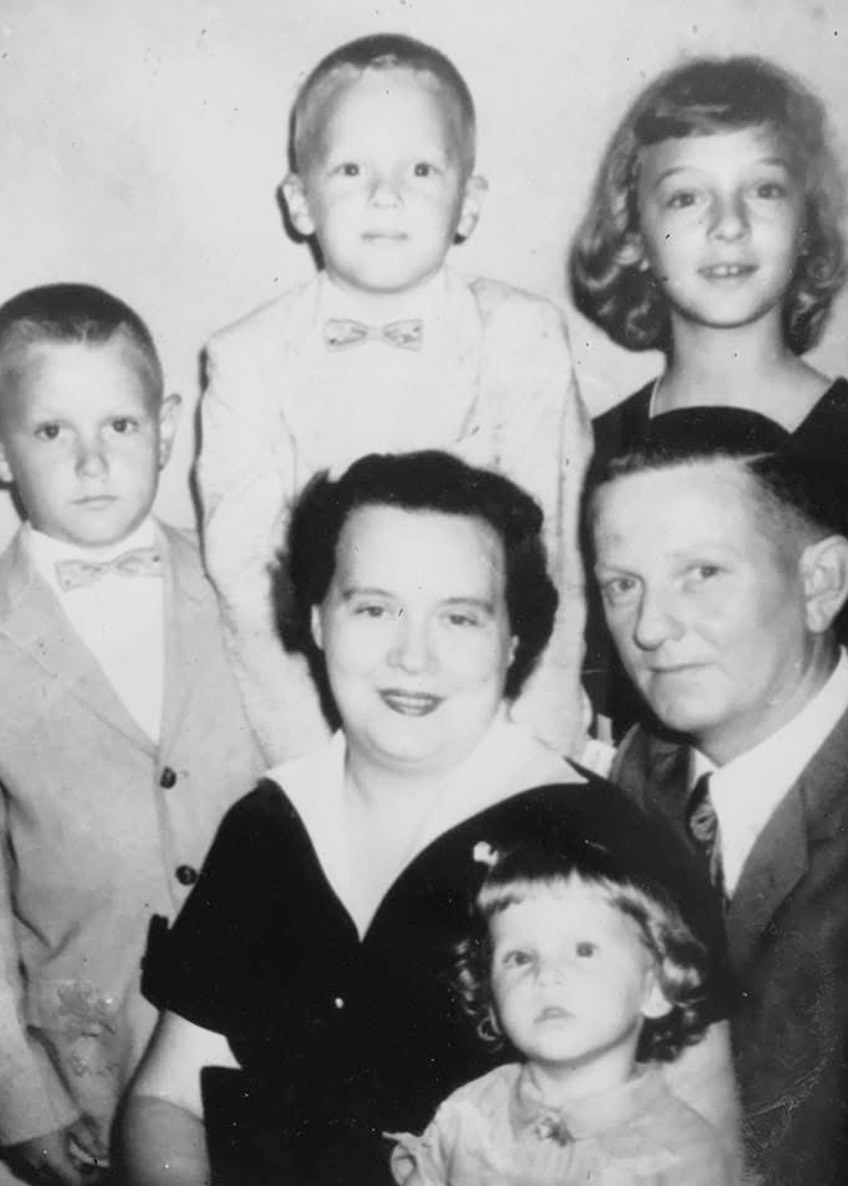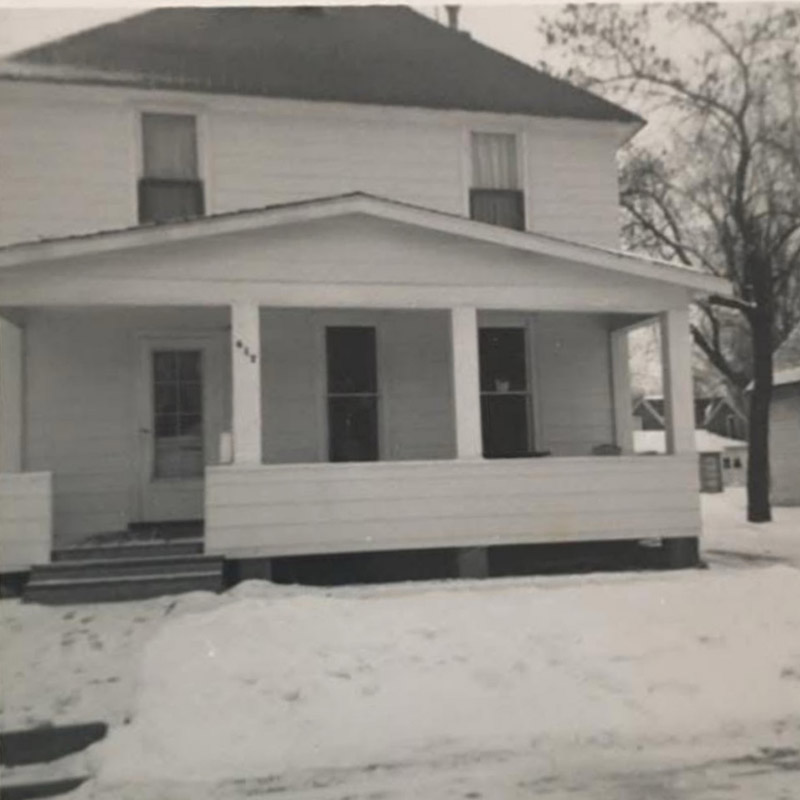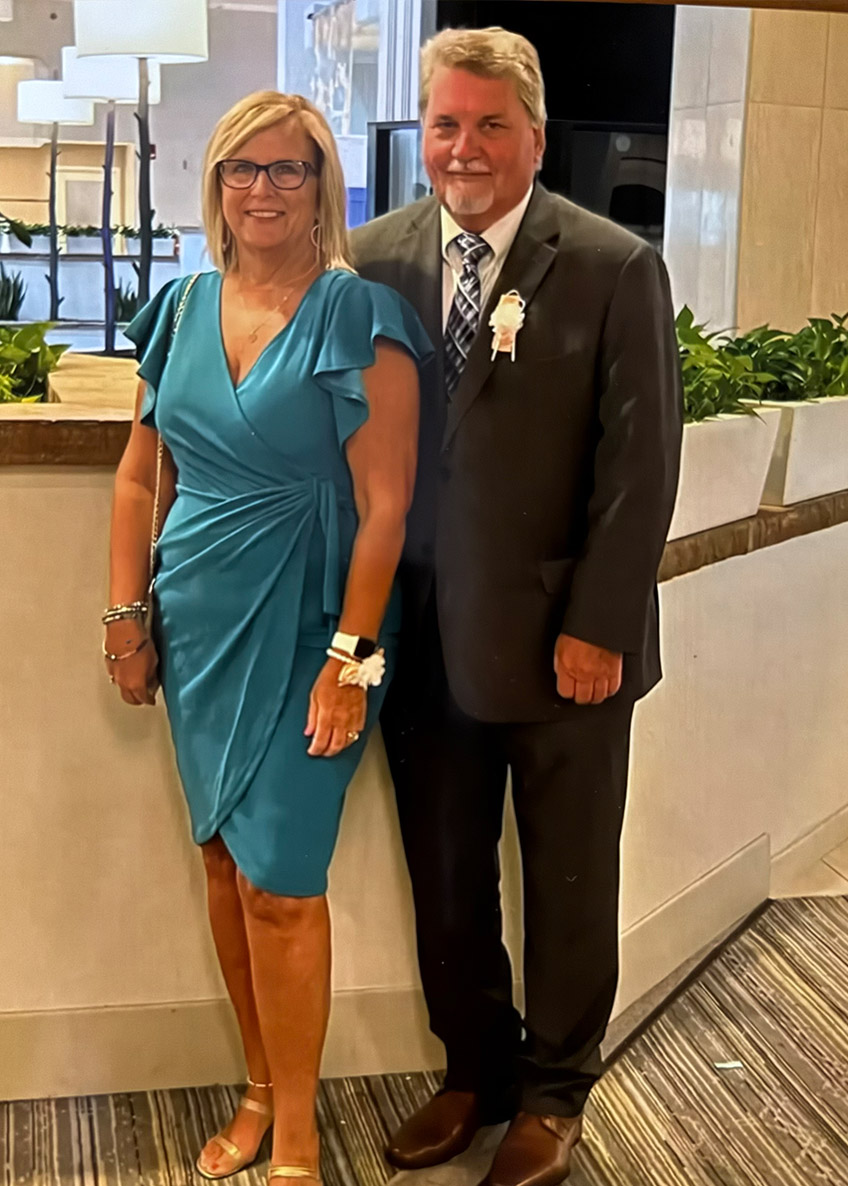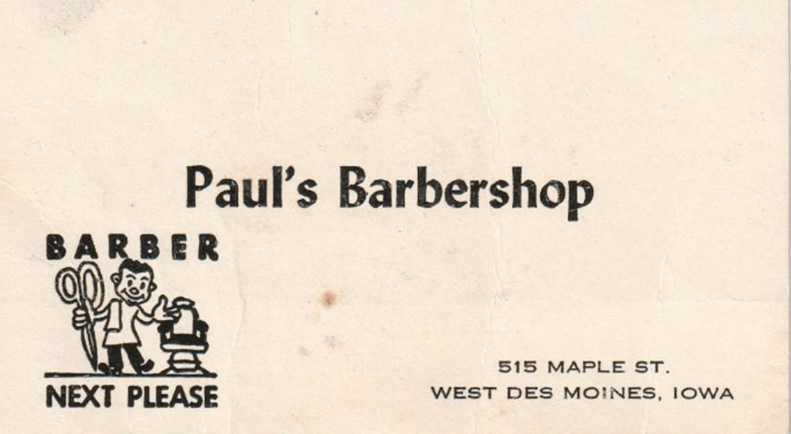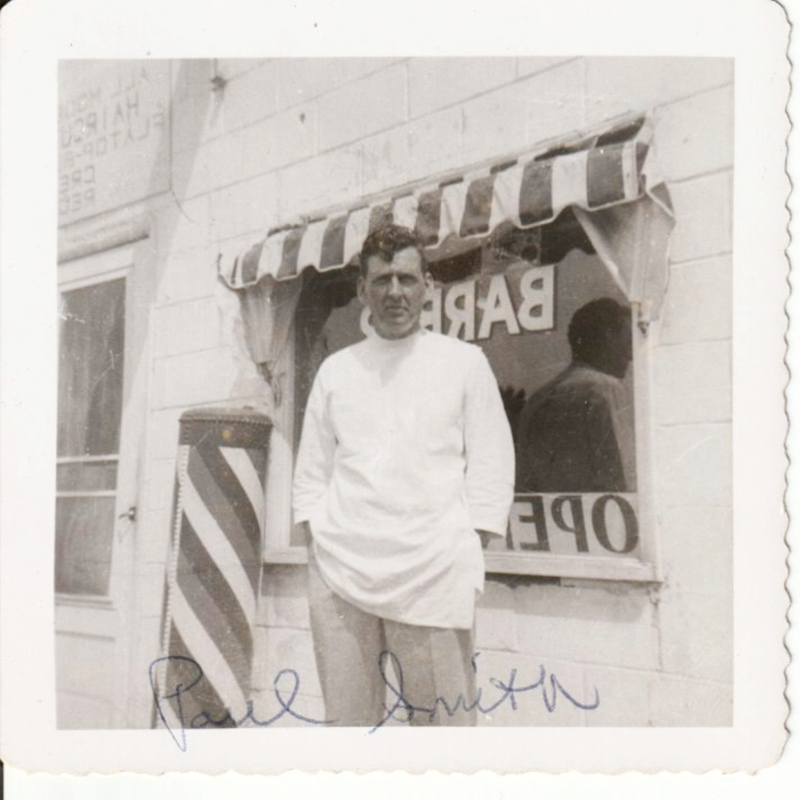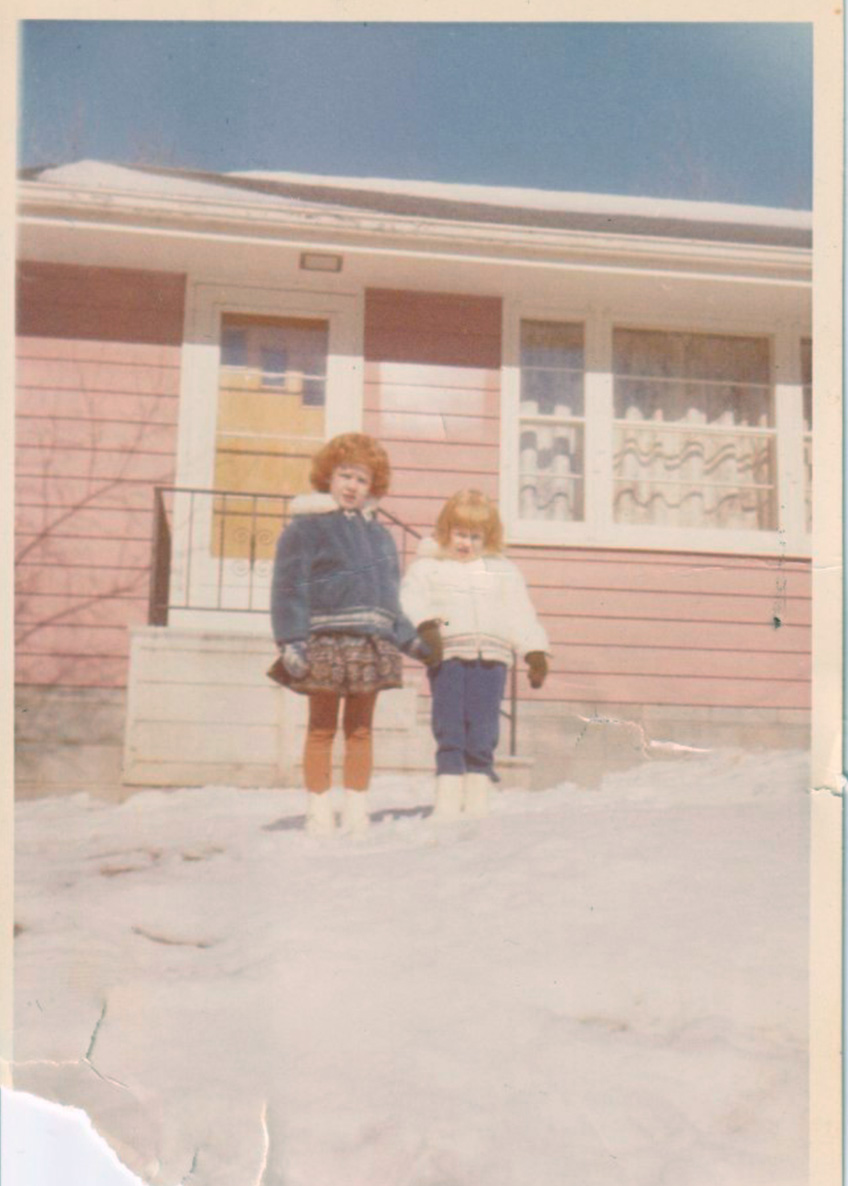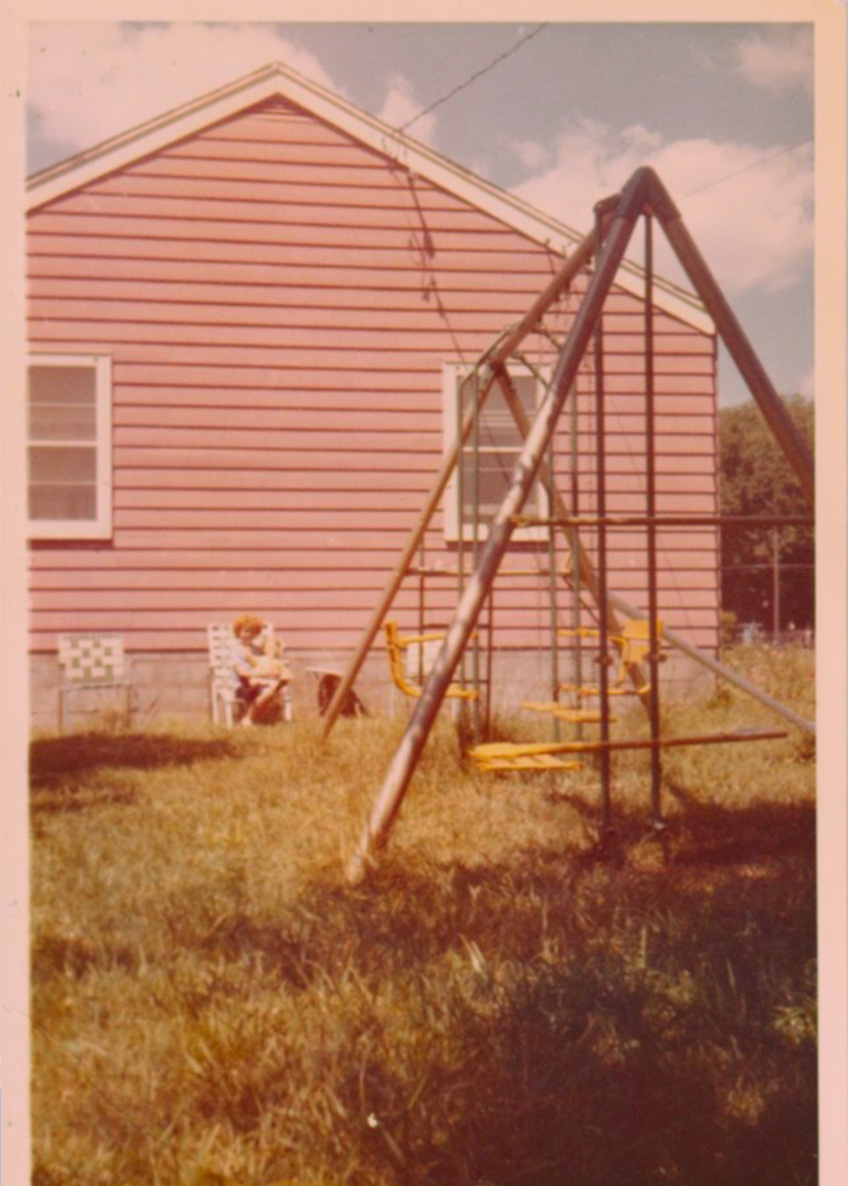Nubian Holiday Bazaar Dec 6 & 7
Nubian Holiday Bazaar Dec 6 & 7
Nubian Holiday Bazaar Dec 6th & 7th
August 29 – 31
The Junction Speaks – Thurs., August 29
This year, the festival begins on Thursday with The Junction Speaks from 5:00 to 8:00 p.m.
Valley Junction history, storytelling, pictures, slideshows, and the PopUp History Museum exhibit. Descendants, honorees and guests will be on hand to remember, celebrate and honor the history of Valley Junction. Commissioned artist, Julia Roland will be here. Food and beverage provided. Music by the Valley High School Jazz Band. The event is FREE and Open to the Public. Please join us!
Val Air Ballroom
301 Ashworth Road
West Des Moines, IA 50265
Jazzin in theJunction – Fri., August 30
On Friday, August 30, welcome a new part of this year’s event, a gathering dedicated to the Spoken Word. For those of you who have never experienced a Spoken Word event, you should come and see what it’s all about. Those in attendance share stories of ancestors and special historical happenings in Valley Junction. Some are
first-hand memories, while others are stories handed down for generations. Special welcome to Dr. Eric Johnson and Charles Scott this year. 6:00pm to 9:00pm
TOTJ Gallery
1312 Maple Street (North Entrance)
West Des Moines, IA 50265
Featuring Dwight Jackson on keyboard. There will be food and beverages provided. The event is FREE and Open to the Public.
Multicultural Festival – Sat., August 31
On Saturday, August 31, from 2:00pm to 10:00pm is the Multicultural Festival in its 12th year!
Railroad Park Pavillion
4th & Railroad Place
West Des Moines, IA 50265
Street Entertainment, featuring the DSM Metro Mix Dance Squad and the Capital City Steppers. Live Music. Beer Tent. Craft Vendors. Food Court & More!
LIVE Music on the Main Stage
Saturday, August 31
LIVE Music! 2pm – 10pm

Welcome to the Main Stage, Son Peruchos Salsa Band – headlining this year’s Festival on Saturday night. They go on at 8pm!

Two opening bands will join us on the Main Stage kicking off the Live Music at 2pm. A big welcome to Guitarrass ATM Band!

…and welcomr back to the Get Down Band. Put on your dancin’ shoes!
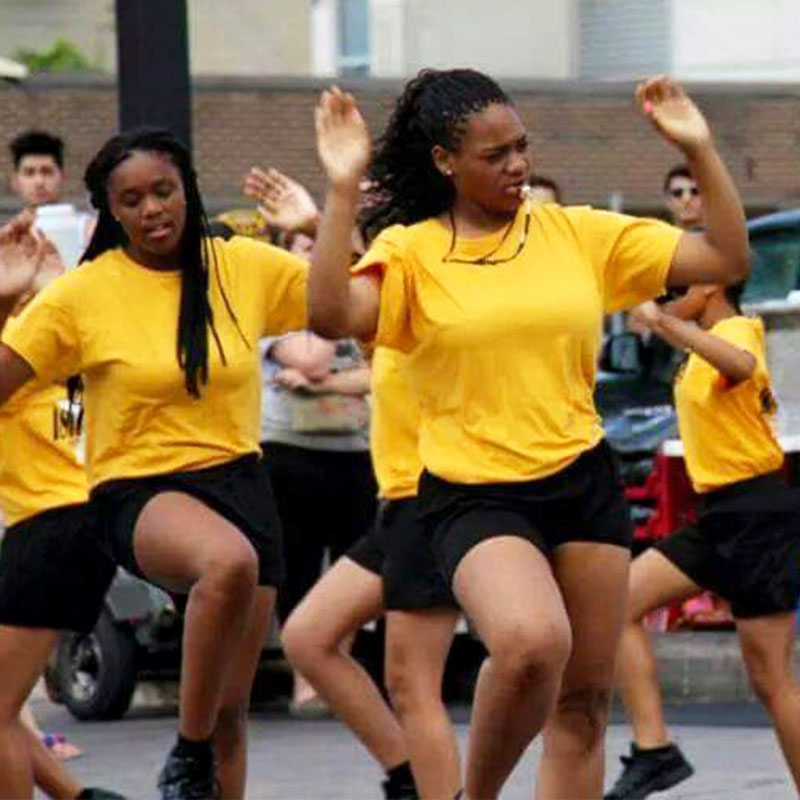
Watch this space for more details!
There’s still time to be a part of the event. Connect with us at [email protected]
Sorry, no pets allowed at the Multicultural Festival.
Spread the word
We love it when you like and share our posts! Please help us get the word out.



